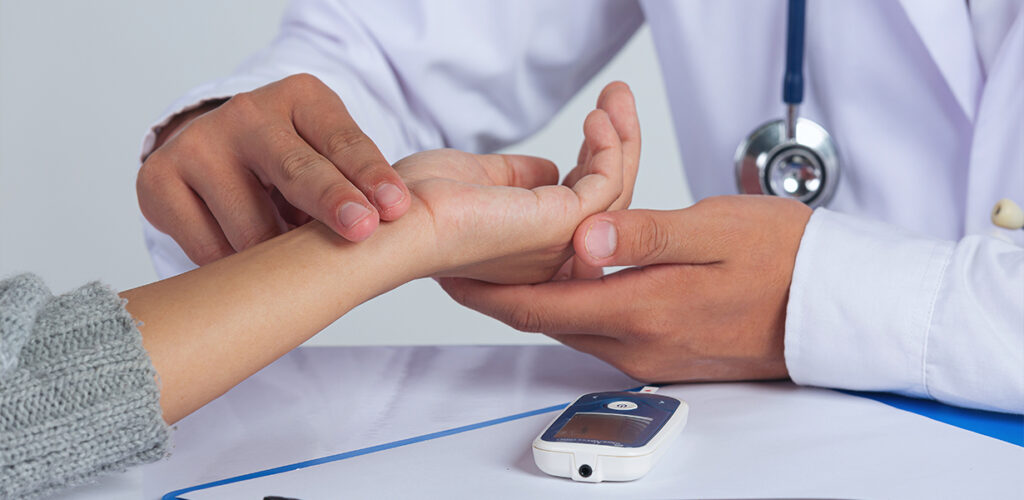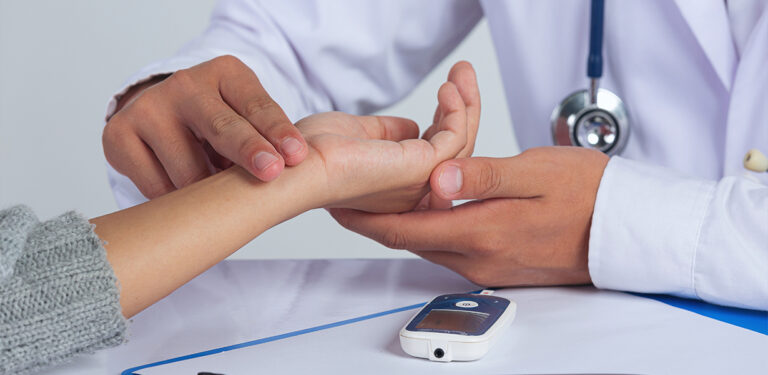Healing the Heart: A Step-by-Step Recovery Guide After Heart Surgery with Dr. Udgeath Dhir
Undergoing heart surgery is a life-altering event, not just physically but also emotionally. The journey of healing requires patience, care, and the right medical guidance. In a powerful video shared by Dr. Udgeath Dhir, one of India’s leading cardiothoracic and vascular surgeons, he discusses the timeline of recovery after heart surgery, outlines the different stages involved, and shares practical tips to aid patients through this critical period.
Whether you’re a patient, caregiver, or simply someone curious about the process, this comprehensive guide will help you understand what post-heart surgery recovery looks like and how to navigate it with confidence and care.
Meet Dr. Udgeath Dhir: The Heart Behind the Healing
Dr. Udgeath Dhir is the Director and Head of CTVS at Fortis Memorial Research Institute, Gurugram. With a reputation for performing complex heart surgeries using advanced minimally invasive techniques, he brings unmatched expertise and compassionate care to each of his patients.
In his informative video, Dr. Dhir demystifies the recovery process after heart surgery and empowers patients to take charge of their health during rehabilitation.
The Heart Surgery Recovery Timeline Explained
One of the most common questions patients and their families have is: “How long will it take to recover from heart surgery?”
According to Dr. Dhir, recovery typically takes between 6 to 12 weeks, but this can vary depending on several factors:
- Type of surgery (e.g., bypass, valve replacement)
- Patient’s age
- Pre-existing medical conditions
- Lifestyle habits (like smoking, alcohol, exercise)
- Psychological and emotional health
- Adherence to medical instructions
Let’s explore the recovery stages in detail.
Stage 1: In-Hospital Recovery (Days 1–7)
What Happens Immediately After Surgery?
After the surgery, patients are shifted to the intensive care unit (ICU) for monitoring. This phase is crucial because the patient is closely watched for:
- Heart rate and rhythm
- Blood pressure
- Oxygen levels
- Surgical wound condition
Day 1–3: Mobilization Begins
By the first or second day, depending on the patient’s condition, they are encouraged to:
- Sit upright in bed
- Take short walks inside the room
- Perform breathing exercises
Day 4–7: Discharge Preparation
Before going home, the care team educates patients and caregivers about:
- Wound care
- Medication management
- Warning signs of infection or complications
- Basic mobility and activity guidelines
Stage 2: Early Home Recovery (Weeks 2–4)
Adjusting to Life Back Home
Once discharged, patients often feel a mix of relief and anxiety. The comforts of home are welcome, but so is the responsibility of managing one’s care.
Common Experiences in This Phase Include:
- Fatigue and tiredness
- Sleep disturbances
- Mild chest discomfort or tightness
- Appetite fluctuations
Key Recommendations by Dr. Dhir:
- Take medications on time and as prescribed.
- Avoid lifting anything heavier than 5–7 kg.
- Walk for 5–10 minutes multiple times a day.
- Take care of the surgical wound—keep it dry and clean.
- Avoid stairs unless absolutely necessary (initially).
Recovery is not just about physical healing—it’s also about re-establishing daily routines and regaining confidence.
Stage 3: Intermediate Recovery (Weeks 4–6)
Rebuilding Strength and Stamina
Around this time, many patients start to feel significantly better, and their energy levels begin to rise.
Physical Recovery:
- Light chores around the house can resume.
- Daily walks of 15–30 minutes are encouraged.
- Patients may begin cardiac rehabilitation under supervision.
Emotional Recovery:
- Mood swings and anxiety are normal.
- Support groups or counseling can be very helpful.
- Mindfulness and meditation are encouraged.
Dietary Changes:
- Shift to a heart-healthy diet rich in fruits, vegetables, lean proteins, and whole grains.
- Avoid high salt, sugar, and processed foods.
Dr. Dhir highlights that mental health is just as important as physical health. A positive mindset accelerates healing.
Stage 4: Advanced Recovery and Cardiac Rehab (Weeks 6–12)
Back to Work and Routine Life
Most patients can return to work (if it’s a desk job) by the 8th or 9th week, provided there are no complications.
This is also the ideal time to join a structured cardiac rehabilitation program, which typically includes:
- Monitored physical activity
- Diet and nutrition counseling
- Psychological support
- Lifestyle education
Benefits of Cardiac Rehab:
- Increases physical endurance
- Reduces risk of further heart issues
- Boosts confidence
- Encourages long-term healthy habits
When Can You Drive or Travel Again?
Driving: Most doctors, including Dr. Dhir, recommend waiting 4–6 weeks post-surgery before resuming driving, depending on reflexes and pain levels.
Traveling: Short domestic travel is usually allowed by the 6th week, while air travel may require more clearance.
Long-Term Lifestyle Commitments (After 3 Months)
Recovery doesn’t end at 12 weeks. In fact, the real healing begins once you’re back to your routine. Dr. Dhir emphasizes:
- Regular health check-ups every 3–6 months.
- Continuous use of prescribed medications.
- Daily physical activity, ideally 30 minutes of brisk walking.
- A low-fat, low-sodium diet.
- Avoiding tobacco and alcohol completely.
Warning Signs You Should Never Ignore
Recovery is rarely linear. Patients must be vigilant about any warning signs, such as:
- Sudden shortness of breath
- Chest pain
- Irregular heartbeat
- Fever or chills (signs of infection)
- Excessive swelling in legs
- Redness or discharge from the wound
Role of Family and Caregivers
Recovery isn’t a solo mission. The support system—be it a spouse, child, or caregiver—plays a massive role in:
- Medication reminders
- Encouraging movement
- Cooking heart-healthy meals
- Monitoring emotional well-being
Top Tips from Dr. Dhir for a Smooth Recovery
- Stay active—don’t stay in bed longer than needed.
- Eat smart—your diet is your medicine.
- Keep a diary—track your BP, sugar levels, and symptoms.
- Ask questions—don’t hesitate to contact your doctor.
- Be patient—healing takes time.
The Takeaway: Patience, Perseverance, and a Plan
Heart surgery is not the end of a journey, but the beginning of a new one towards a healthier, longer, and more fulfilling life. With trusted guidance from experts like Dr. Udgeath Dhir and a dedicated recovery plan, patients can regain full strength and confidence.
Take the First Step Towards Healing with Dr. Udgeath Dhir
Your heart deserves the best care possible. With Dr. Udgeath Dhir, you receive world-class treatment backed by advanced technology and a compassionate approach.
Whether it’s consultation, surgery, or follow-up recovery guidance—Dr. Dhir and his team stand with you at every step of your journey.
Book your consultation today and take the first step toward a healthier tomorrow.


